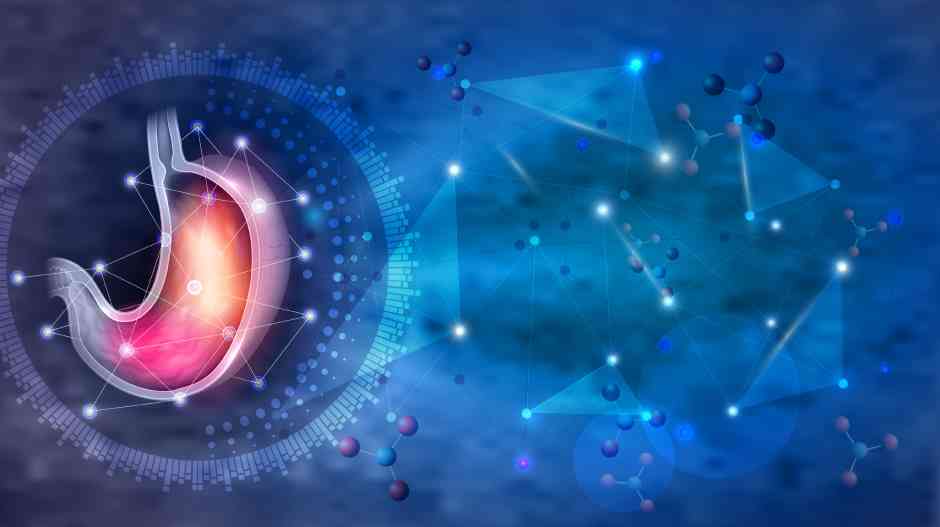Described in a study in the Institute of Physics journal Biofabrication, the bioprinting platform is a Delta robot composed of a fixed base, moving platform and three identical kinematic chains. To be as minimally invasive as possible, it can fold itself down when entering the patients’ body, then unfold before beginning the bioprinting operation.

The paper’s co-author Prof Tao Xu, from Tsinghua University, Beijing, said that the technology has potentially huge advantages over existing bioprinting technology which typically focuses on external sites.
“Bioprinters are normally quite large and cannot be applied to inner tissue repair without invasive surgery to give enough room for the printing operation,” he said. “To overcome this, we developed a microrobot that enters the body via an endoscope to carry out tissue repair inside the body.”
Commenting on potential applications of the technology Prof Tao Xu said: “Gastric wall injury is a common problem in the digestive tract, and about 12 per cent of the world’s population suffer from it to varying degrees. Bioprinting – delivering new cells directly to the wound site to repair the tissue – offers a potentially very useful way to treat the problem."
MORE ON BIOPRINTING
The group first tested the system with a biological model of a human stomach and an endoscope, before carrying out a bioprinting test in a cell culture dish to test how effective the device was at bioprinting viable cells and repairing wounds.
According to the paper’s co-author co-author, PhD student Wenxiang Zhao both tests showed promising results. “A 10-day cell culture showed that printed cells remained at a high viability and a steady proliferation, which indicated good biological function of the cells in printed tissue scaffolds.”
Professor Xu said that follow on work will look at reducing the size of the bioprinting platform and developing bio inks.




Viking Link connects UK and Danish grids
These underwater links must, based on experience with gas pipelines, be vulnerable to sabotage by hostile powers. Excessive dependency on them could...